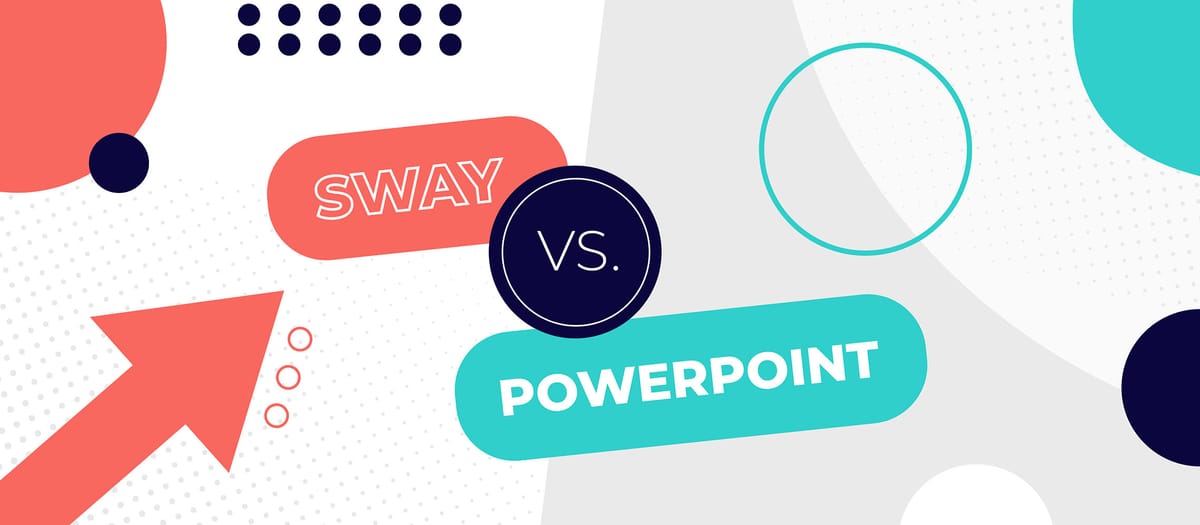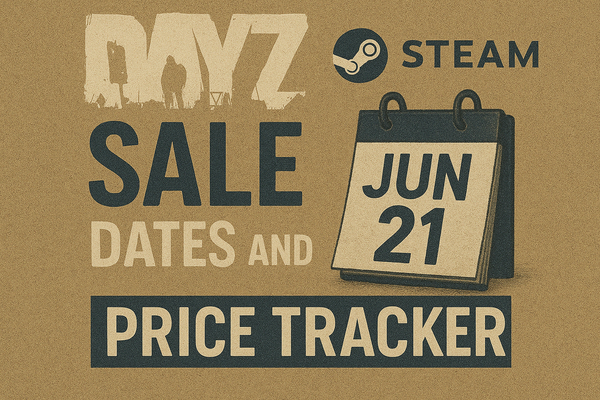Sway or PowerPoint: Deciding on the Best Presentation Tool for You

When it comes to making presentations, Microsoft provides two options: Sway and PowerPoint. While both aim to assist users in creating captivating and visually appealing presentations, they each come with unique features and applications. Knowing the disparities between Sway and PowerPoint can help you select the right tool for your requirements. This detailed comparison will delve into their characteristics, benefits, and drawbacks to help you make an informed choice.
Overview of PowerPoint
PowerPoint by Microsoft has long been the go-to choice for presentation software. As part of the Microsoft Office suite, it is extensively used in business, education, and personal spheres. PowerPoint offers a multitude of functions for crafting slide-based presentations encompassing text, images, charts, animations, and more.
Main Features of PowerPoint
- Slide-Centric Structure: Craft presentations using slides that can be easily arranged and reorganized.
- Customizable Templates: Access an array of templates and themes catering to different presentation styles.
- Rich Media Support: Embed images, videos, audio clips, charts, and SmartArt to enrich your slides.
- Animations and Transitions: Incorporate animations and slide transitions to elevate the dynamism of your presentation.
- Collaboration: Collaborate in real time with others using cloud-based tools like PowerPoint Online.
- Presenter Tools: Utilize presenter view, notes, and timing features for delivering presentations.
An Overview of Sway
Microsoft Sway is a newer addition to the Microsoft Office suite, aiming to provide a fresh approach to crafting presentations. Sway is an online application that enables users to create engaging web-based presentations and stories. It prioritizes user functionality and smooth integration with online content.
Key Aspects of Sway
- Web-Based Platform: Create, share, and present directly from your web browser, eliminating the need for software downloads.
- Adaptive Design: Sway automatically adjusts presentations for different devices and screen sizes.
- Interactive Elements: Easily incorporate interactive elements like YouTube videos, tweets, and maps.
- User-Friendly Interface: Intuitive design with drag-and-drop capabilities.
- Design Recommendations: Receive design suggestions and auto-layout options to enhance the appeal of your presentation.
- Sharing and Collaboration: Share your Sway creations through a link and collaborate in real time.
Compatibility
- PowerPoint: Available as a desktop application on both Windows and macOS, with cloud-based versions accessible via web browsers. PowerPoint presentations can also be viewed on mobile devices through the PowerPoint app.
- Sway: Entirely web-based, allowing access from any device with an internet connection and a web browser. Sway presentations adapt to different screen sizes and orientations for a consistent viewing experience.
Use Cases
- PowerPoint:
- Business Presentations: Ideal for corporate presentations, business reports, and pitch decks.
- Educational Lectures: Perfect for creating lecture slides, course materials, and academic presentations.
- Detailed Customization: Suited for users seeking extensive customization and control over their presentation design.
- Sway:
- Storytelling: Excellent for narrative-driven presentations and digital stories.
- Interactive Content: Suitable for presentations that incorporate web content and interactive elements.
- Quick and Easy Design: Ideal for users who need to create appealing presentations quickly without extensive customization.
Advantages and Disadvantages
- PowerPoint:
- Advantages:
- Extensive customization options.
- Rich animation and transition features.
- Wide variety of templates and design tools.
- Enables real-time collaboration.
- To truly maximize PowerPoint’s capabilities, consider running it on Windows 11. The latest operating system from Microsoft is optimized for enhanced performance, smoother transitions, and better integration with Microsoft 365 apps, ensuring that your presentations run seamlessly. Buy Windows 11 at 3.99$ from RoyalCDKeys is the best price in market.
- Disadvantages:
- Can be complex for beginners.
- Requires software installation for the desktop version.
- May have more features than needed for simple presentations.
- Advantages:
- Sway:
- Advantages:
- User-friendly and intuitive interface.
- Seamless integration with web content and interactive elements.
- Accessible from any device as it’s web-based.
- Provides design suggestions and adaptive layouts.
- Disadvantages:
- Limited customization options compared to PowerPoint.
- Requires an internet connection to function.
- Not ideal for formal, corporate presentations.
- Advantages:
Conclusion
Both Sway and PowerPoint offer robust capabilities for creating presentations, each catering to different needs. PowerPoint is preferred by users seeking extensive customization, advanced features, and formal presentation tools. It remains popular among professionals, educators, and individuals requiring a versatile presentation platform.
On the other hand, Sway offers a modern approach to presentation creation, emphasizing user-friendly features, interactive elements, and online accessibility. It excels in storytelling, crafting engaging content, and quickly creating captivating slideshows without the need for extensive personalization.
By understanding the distinctions between Sway and PowerPoint, you can select the tool that best suits your needs, enhancing your productivity and delivering impactful presentations. Whether you prefer the familiarity and robustness of PowerPoint or the simplicity and interactivity of Sway, both platforms can help you effectively convey your ideas.
If you're trying to decide between Ubuntu and Windows, don't miss our thorough analysis here, where we examine the key differences and advantages of each operating system to help you make the best choice for your needs.
Source: https://royalcdkeys.com/blogs/news/sway-vs-powerpoint-create-interactive-presentations-with-them





